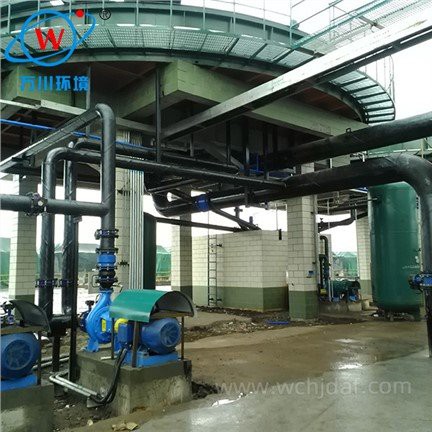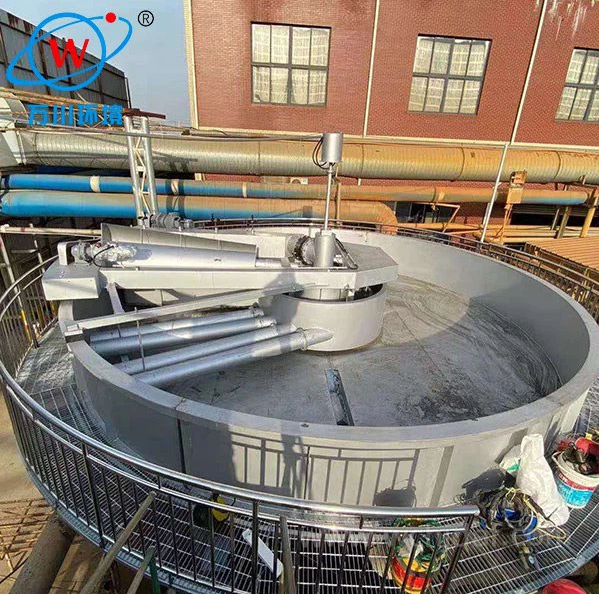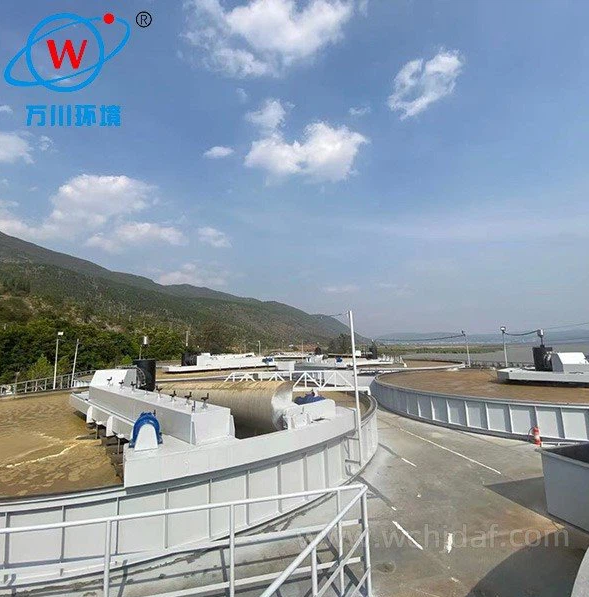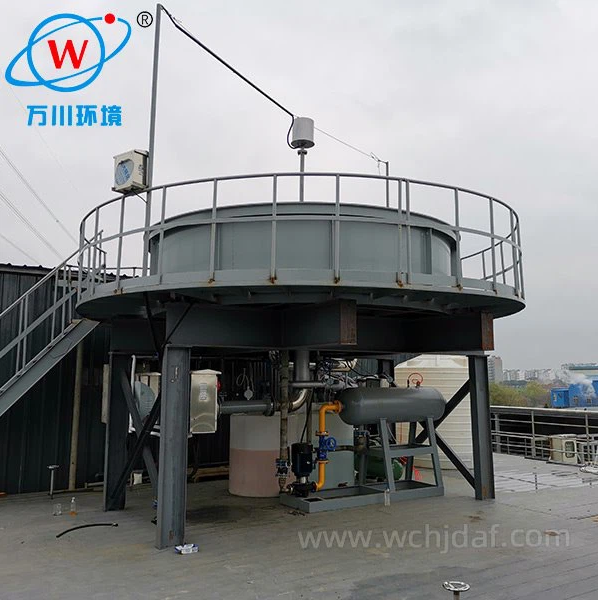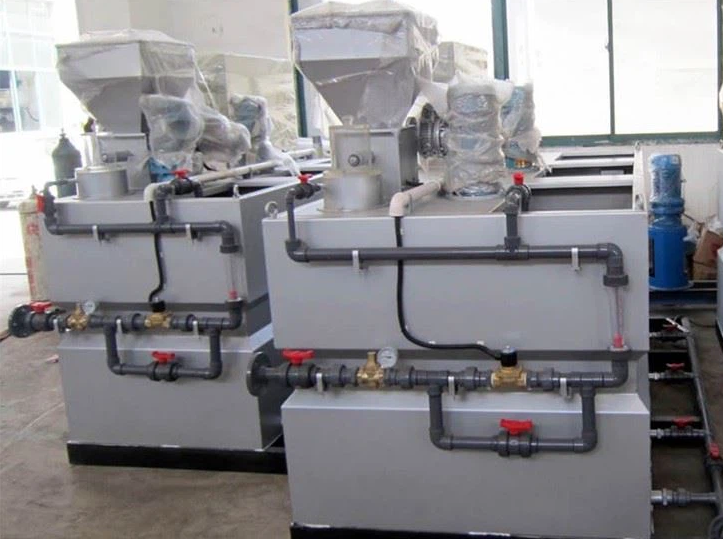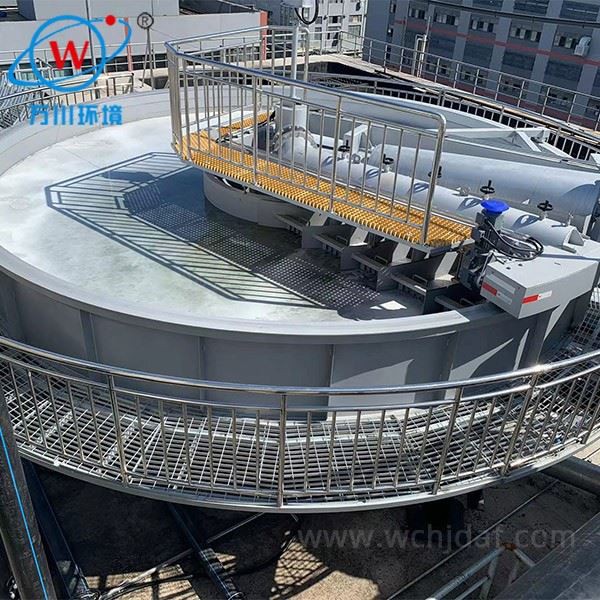Suspended Air Flotation for High-Concentration Wastewater Treatment
Pretreatment Steps
First, pretreatment steps often set the stage for efficient treatment. High-concentration wastewater may have unbalanced pH levels or contain substances that hinder flotation. Adjusting pH to an optimal range helps create favorable conditions for subsequent reactions, ensuring that contaminants are more likely to interact with treatment agents.
This initial tuning prevents interference and lays the groundwork for effective separation.
Micro-Bubble Generation and Action
The core of the treatment lies in the generation and action of micro-bubbles. In Suspended Air Flotation systems, micro-bubbles are introduced into the wastewater, where they attach to contaminant particles. For high-concentration wastewater, the abundance of particles requires a consistent supply of well-dispersed micro-bubbles.
These bubbles bind to the contaminants, increasing their buoyancy and causing them to rise to the water surface. Here, they form a scum layer that can be easily removed, separating the contaminants from the treated water.
Chemical Additives
Chemical additives often enhance this process. Coagulants and flocculants are commonly used to aggregate small contaminant particles into larger flocs. These larger flocs are more likely to attach to micro-bubbles, improving the efficiency of the flotation process.
In high-concentration wastewater, where particle numbers are high, these chemicals help ensure that even small particles are captured, reducing the residual contaminant levels in the treated water.
Process Optimization
Process optimization also plays a key role. Adjusting parameters such as air flow, mixing intensity, and retention time can be tailored to the specific composition of high-concentration wastewater.
- For example, increasing air flow may be necessary to generate enough micro-bubbles to handle the high contaminant load.
- Adjusting retention time ensures that there is sufficient contact between bubbles and particles for effective separation.
In conclusion, Suspended Air Flotation treats high-concentration wastewater through a combination of pretreatment adjustment, micro-bubble attachment, chemical enhancement, and process optimization. These elements work together to efficiently separate contaminants, making it a reliable method for handling such challenging wastewater streams.

